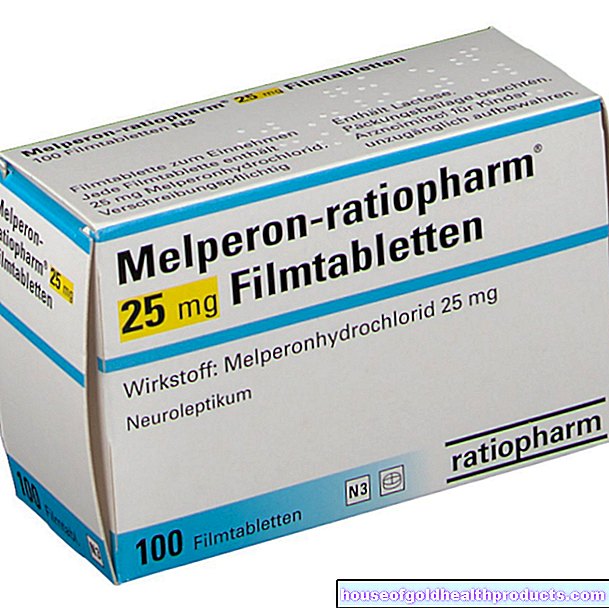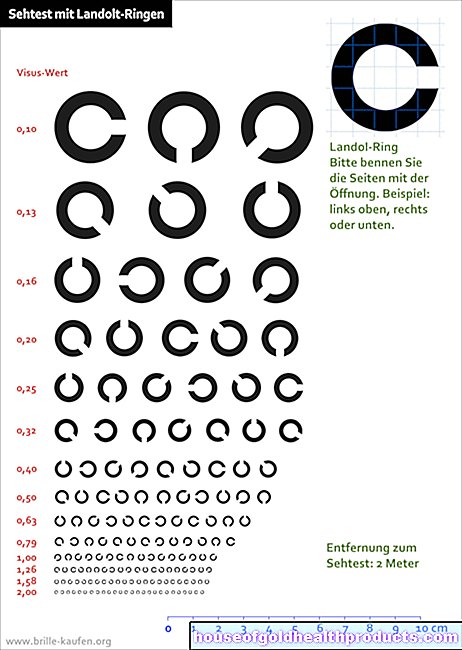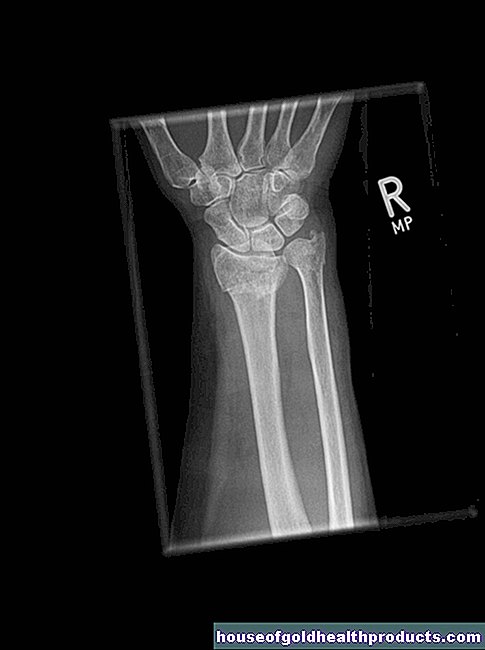Hearing aids - individual programming
All content is checked by medical journalists.Digital instead of analog hearing aids
The time when hearing aids could only be turned up or down regardless of the special needs of the hearing impaired is long gone. Analog devices that can still be adjusted to the ambient noise with small screws are discontinued models.
Today almost all devices used are fully digital. That means: The sound waves are converted into digital signals. A hearing aid acoustician sets the device on the PC (programming). All digital hearing aids are programmable depending on the design (BTE or ITE), unlike the outdated analog devices.
Programming the hearing aid on the PC
Programming has several advantages. Frequencies that are missing to the hearing impaired can be increased more. On the other hand, the sound areas that the affected person can still perceive remain untouched. In addition, interfering frequencies can be reduced. This not only improves the hearing impression, but is also easy on the hearing.
Many of the digital hearing aids also have several programs that the user can select depending on the situation. For example, one program is better for lecturing, while another is better for making phone calls.
Modern hearing aids can do even more, however: because outside noise is converted into digital data, the device recognizes and processes it better. A built-in mini-computer automatically calls up the programs that match the respective hearing situation.
During a conversation in a restaurant, for example, the hearing aid's computer can use the frequency pattern to identify which noises are just annoying background noise and then filter them out. On the other hand, important sounds such as the words of the other person or the operator are emphasized.
Tags: Baby Child healthy feet Menstruation





























